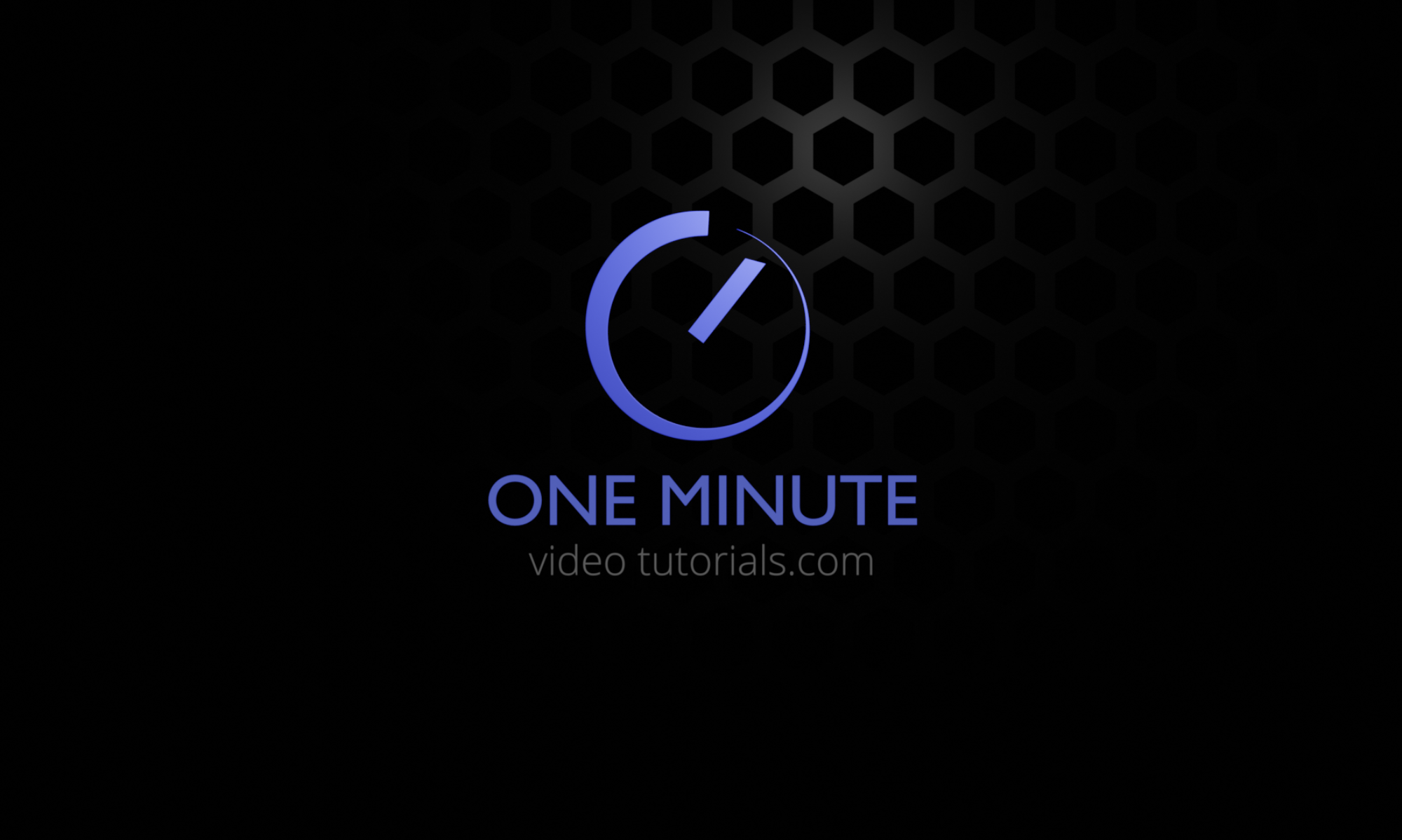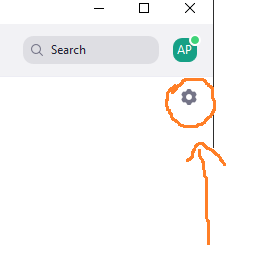The directory print software named Cathy is pretty amazing. It was designed for creating file catalogues of different disks, so that it is easy to search for your files even if the physical disk is not currently attached to the computer.
What makes this software really weird is that it hasn’t been updated since 2009 -but it still works great! And being so old, the file size is ridiculously small, just 153 KB.
Here is a link for downloading Cathy 2.33:
https://www.portablefreeware.com/index.php?id=1716
This is the basic workflow:
Run the Cathy.exe file and go to the “Catalog” tab. Click on the three dots … to point it to a disk to scan and click “add”.
After a little while the disk has been indexed and a new .caf file has been created for it, right next to the Cathy.exe. Now you can browse to that directory to see what files it has, even if the disk is no longer connected.
This allows you to search hundreds of disks at once, without any of them being physically present. Just go to the “Search” tab and type your search term to the “pattern” field and hit search. Cathy will breeze through all your catalogs and show you all matches from all the different drives. Now you know which drive you need to connect, in order to get to your file.
The .caf files are interchangeable, so you can create them on a different computer and just copy and paste them next to Cathy.exe and it will “see” them when you restart the program.



